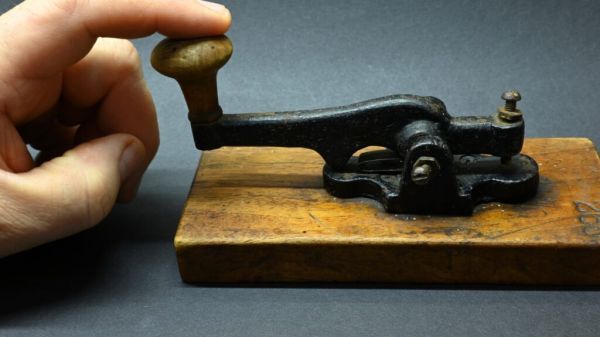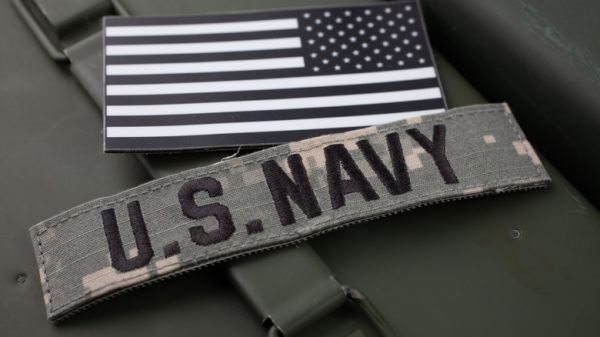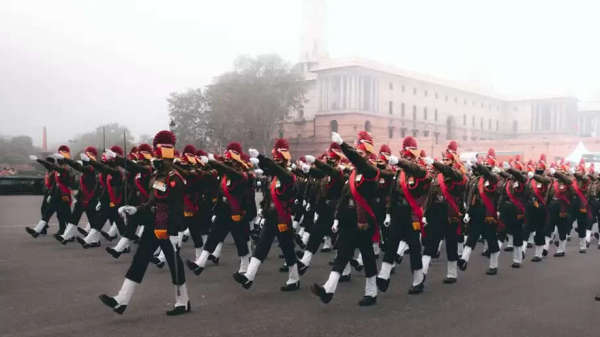When Samuel Morse sent the Bible passage “What hath God wrought” from the basement of the Capitol in Washington D.C. to Alfred Vail in Baltimore in May of 1844, he might not have suspected that Vail’s quick response meant they had revolutionized communication forever. The U.S. government had long understood that it was vital to be able to send long-distance messages instantaneously, so Congress gave Morse $30,000 in 1843 to connect the two mid-Atlantic cities via the nation’s first long-distance telegraph line. Morse wasn’t the only innovator to consider using electricity to send messages at a distance, but by the next decade messages using Morse’s alphabet of dots and dashes could go from New York to London in a matter of minutes. Since then, Morse code became a foundational bedrock for future technologies like binary code, digital computing, and cryptography. But now that we’re well into the 21st century, Morse code has outlived its usefulness and given way to newer technology, and the U.S.military (including its navy) has relegated Morse code to niche and emergency use.
Military personnel — including those on Naval vessels — now send information instantly around the globe via powerful radios, satellites, and other modern systems. The Morse code distress call “SOS” — which doesn’t mean what you think it does —was retired in 1999 as the international emergency distress standard and replaced by newer technology like the Global Maritime Distress and Safety System (GMDSS) found on the different types of U.S Navy aircraft carriers. Around that same time, the Navy completely abandoned visual Morse code signaling via flashing lights and switched to digital communication.
How does the Navy use Morse code today?
The ocean can be dangerous and unpredictable, and even the most basic redundancies can be a valuable lifeline. That’s why the Navy still uses Morse code for visual ship-to-ship communication if needed. Navy ships retain the ability to signal in Morse code using lamps or flags, although the encoding and decoding is now done by computer. The system may be mostly archaic, but is still an effective way for vessels to communicate under radio silence or if primary comm systems fail. Morse code is now considered so obsolete that it’s no longer an emphasized part of military training. In 2007, the military’s Morse Code training program was cut from 21 to 16 weeks, and the current self-paced program can be completed in less than a month.
The Air Force has taken over the program as well, and in 2015 moved training to Goodfellow AFB in San Angelo, Texas. David Germain heads up Morse code training for U.S. forces and thinks the system will always have value. A 2015 article on the U.S. Army website quotes him as saying, “It’s cheap, easy, effective and reliable to use. There will always be a need for it.” Morse code remains in use by some of the United States’ allies and enemies, so it remains part of the Navy’s specialized cryptology training. Regardless of how the Navy regards Morse code, knowing the universal “SOS” call (three short lights or tones followed by three long ones and three more short ones) can be of help if you need to signal for help and have a flashlight or noisemaking device nearby.









